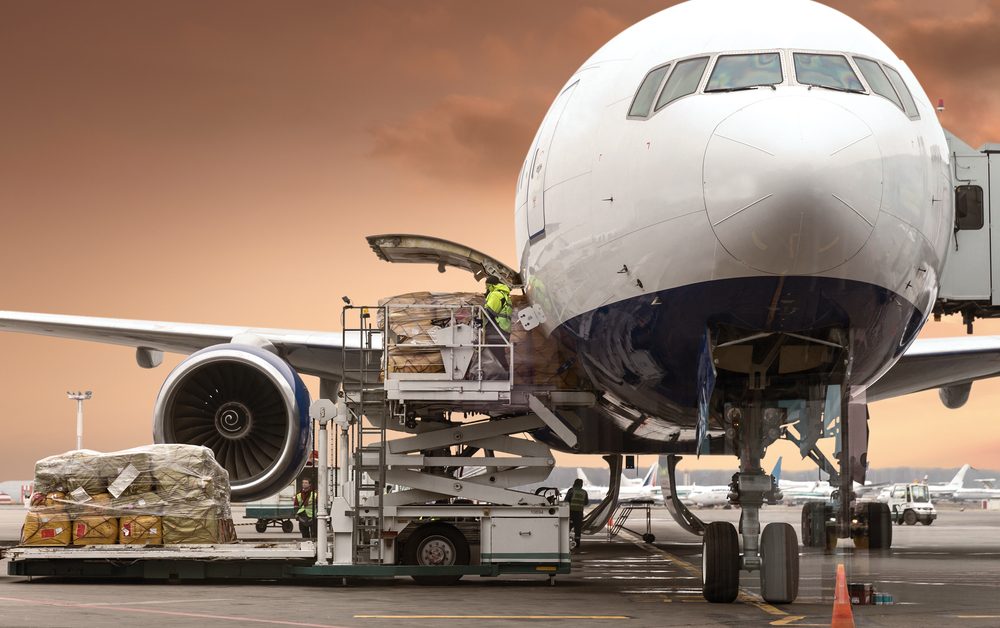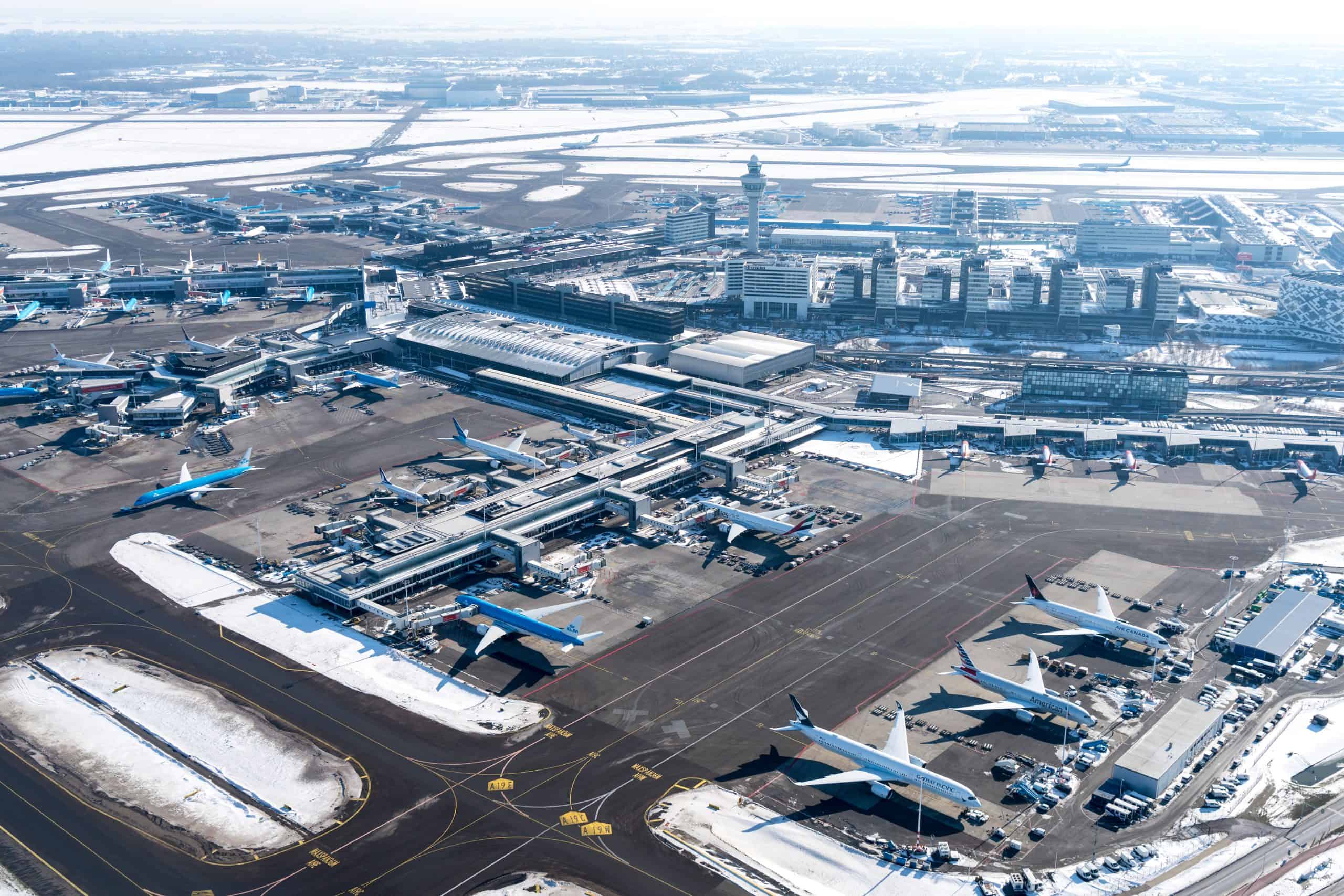NOVEMBER 19, 2025
Uniting the Pharma Supply Chain: Shared Solutions for Patient Logistics

How collaboration, innovation, and shared standards are shaping the next era of patient logistics.
At this year’s FlyPharma Conference, leaders from across pharma manufacturing, air freight, and supply chain management convened to discuss one unifying goal – how to deliver medicines to patients more efficiently, sustainably, and collaboratively.
Moderated by Ruud van der Geer, the panel featured experts from Pharma.Aero, ACN Netherlands, IATA, Cool Chain Association, and Omnia Tech. Their dialogue revealed a collective commitment: transforming the pharmaceutical supply chain into an interconnected ecosystem that prioritizes patient outcomes.
Pharma.Aero’s Initiative: Connecting the Healthcare & Life Science Value Chain
Pharma.Aero is redefining what “logistics” means for healthcare. Its Healthcare & Life Science Value Chain initiative goes beyond air or sea freight – building a holistic ecosystem that connects manufacturers, distributors, academics, and logistics partners under one shared vision.
At its center is the Life Science Manufacturing Advisory Platform (LMAP) – a collaborative cluster that brings together pharma manufacturers to provide first-line advice, share expertise, and support Pharma.Aero’s projects. By integrating the Life Sciences and MedTech manufacturers, Pharma.Aero ensures they play a key role in shaping the future of pharmaceutical logistics and supply chains.
Through a Memorandum of Understanding with IATA and joint research initiatives, Pharma.Aero is fueling data-driven studies, doctoral research, and actionable content for the entire healthcare logistics community.
“We’re not just moving packages; we’re strengthening the entire value chain around the patient.” – Pharma.Aero

ACN Netherlands: Strengthening Dutch Air Freight for Global Health
As the voice of the Dutch air cargo sector, ACN Netherlands serves as a collaboration platform for hundreds of logistics players at Schiphol and Maastricht airports. Its role has been pivotal in uniting industry stakeholders – from freight forwarders to airlines — and enabling smooth operations across the country’s two key cargo gateways.
Building on lessons from the Gateway Amsterdam project (launched in 2016), ACN now leads efforts to enhance air cargo’s reliability and agility, especially in healthcare supply chains. Its focus on southbound capacity – using return flights to deliver vital vaccines and medicines to Africa – exemplifies how air freight can foster both public health and economic development.
By linking pharma logistics with local agriculture and industry exports, ACN has turned air cargo into a two-way engine for growth and wellbeing, proving that sustainable healthcare logistics can uplift entire regions.
Project Fixing Gateway Amsterdam: A Blueprint for Crisis Collaboration
The Fixing Gateway Amsterdam project emerged at the height of the COVID-19 crisis — a moment that tested every element of the global supply chain. In the Netherlands, this project became a living model for rapid coordination between the government, airport authorities, and private sector partners, holding weekly alignment sessions to manage vaccine distribution.
This unprecedented collaboration demonstrated how operational flexibility and regulatory compliance can coexist when trust and communication are strong.
“The pandemic forced us to bridge worlds — government, science, and logistics. That collaboration gave us the resilience we’ll need again.”
Today, the learnings from that initiative live on through future-readiness projects like Sustainability Readiness Index for Airports, which helps hubs measure and benchmark their environmental performance. From emergency coordination to ESG leadership, the Dutch approach offers a replicable blueprint for other global gateways.

Airport Logistics and Pharmaceutical Transport: Closing the Gaps
Panelists agreed: the airside interface remains one of the most vulnerable points in the pharma supply chain. Temperature excursions, bottlenecks at loading docks, and fragmented data systems still hinder true end-to-end control. The solution? Stronger communication — not just between airlines and shippers, but across every touchpoint including truckers, handlers, and warehouse operators.
IATA’s global frameworks play an essential role in aligning these moving parts. Standards like the Cargo Handling Manual and CEIV Pharma certification help unify operational quality, while new data-sharing tools are reducing fragmentation. The introduction of digital airway bills and smart cargo input programs is transforming visibility across airports, enabling predictive logistics and shorter dwell times.
“Our next step is full data integration – not for the sake of technology, but for the patient waiting for their medicine.” – IATA
By merging compliance, technology, and operational excellence, the industry is inching closer to a true single-source-of-truth for pharmaceutical logistics.

Sustainability Awareness: From Vision to Measurement
Across associations – from Pharma.Aero to Cool Chain – sustainability has become a shared mission. Collaboration now extends beyond carbon tracking into real operational reform: developing sustainability indexes, piloting reusable packaging programs, and rethinking waste management from the ground up.
The path to net-zero by 2030 is not without challenges. Cold weather regions still grapple with EV battery efficiency, while airside operations depend on high energy consumption. Yet associations are working together to drive innovation in low-emission vehicles, biofuel usage, and renewable-powered warehousing.
At the same time, pharma waste management is gaining regulatory traction. Governments are urging better coordination with pharmacies to collect and dispose of expired drugs responsibly. The next GDP (Good Distribution Practice) review will likely incorporate cybersecurity and AI, signaling a new age where environmental and digital resilience intersect.
What’s Next: Accelerating Emergency Health Response
The closing conversation looked ahead to future public health crises – and how innovation can transform response times. The Commission for Health Emergency and Response Authority is now investing in readiness at the deployment phase, ensuring that once medicines or vaccines are approved, the logistics system is prepared to mobilize at speed.
In scenarios such as avian flu or regional outbreaks, time – not technology – becomes the decisive factor. Panelists called for pre-qualified corridors, multi-agency data sharing, and simplified cross-border frameworks to expedite emergency health logistics.
By building on the lessons of COVID-19 and integrating new digital and sustainability tools, the global pharma supply chain can shift from reactive to predictive – ensuring faster, smarter, and more coordinated care delivery.
Conclusion: One Ecosystem, One Mission
The FlyPharma discussion reinforced what ThermoSafe and its peers have long recognized – collaboration is the cornerstone of a resilient supply chain. When manufacturers, logistics providers, academia, and regulators unite, they create more than efficiency – they create trust.
The path forward is clear: one ecosystem, one mission, one patient-centered logistics network ready to deliver when it matters most.
Explore more insights at Cold Chain Exchange – where industry leaders share strategies shaping the future of temperature-assured logistics.

